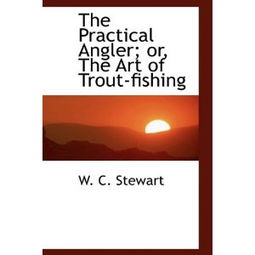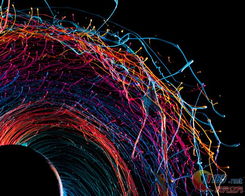Introduction
Night fishing holds a unique charm for anglers, offering a different kind of experience as the day transitions into night. The serene ambiance, the changing colors of the sky, and the distinct sounds of the night create an atmosphere that can be both exhilarating and peaceful. However, to make the most of this experience, it's essential to have the right techniques and knowledge. In this article, we'll delve into the art of night fishing, focusing on the tips and tricks that can help you catch fish when the sun sets.
Choose the Right Location
The first step in successful night fishing is selecting the right spot. Look for areas that are known to be productive at night. This might include:
- Shallow Waters: Fish often move into shallow waters at night to feed on insects and small organisms.
- Structure: Areas with structure such as rocks, docks, and piers can provide good night fishing opportunities.
- Currents: Some fish, like catfish, are attracted to areas with strong currents.
- Coral Reefs and Mangroves: In saltwater environments, these areas can be hotspots for night fishing.
Timing is Key
Understanding the best time to fish at night is crucial. Generally, the first hour after sunset is considered the most productive. Fish are more active during this period as they feed on the increased insect activity and the darkness provides cover. However, some species may be more active at different times, so it's important to research the specific habits of the fish you're targeting.
Use the Right Gear
The gear you use for night fishing should be appropriate for the conditions and the species you're targeting. Here are some essential items:
- Lure Colors: In low light conditions, brighter and reflective lures can attract fish. Glow-in-the-dark or phosphorescent lures are also effective.
- Tackle: Use tackle that matches the size of the fish you're aiming for. Heavier tackle may be necessary for larger species.
- Line: Monofilament or fluorocarbon line is ideal for night fishing as it is less visible in the dark water.
- Rods: Choose rods that are strong and sensitive enough to detect subtle bites.
Fish Behavior at Night
Understanding fish behavior at night can greatly enhance your chances of success. Here are some key points:
- Hunting Patterns: Fish may be more active at night as they hunt for prey. This means they are more likely to bite on a lure or bait.
- Water Temperature: Fish tend to move to cooler water at night. This could mean targeting deeper waters or finding a cool water source.
- Moon Phase: The moon can affect fish behavior. A full moon often results in more active fish, while a new moon may be quieter.
Night Fishing Techniques
Once you have the right location, gear, and understanding of fish behavior, here are some specific techniques to employ:
- Jigging: Use a jig to imitate baitfish or bottom-dwelling creatures. Jigging involves repeatedly lifting and dropping the lure to attract fish.
- Trolling: For larger species, trolling can be effective. Use larger baits or lures and maintain a steady pace through the water.
- Dropshotting: This technique involves dropping a bait or lure to the bottom and then retrieving it slowly to attract fish.
- Casting: Casting with a rod and reel is a straightforward technique that can be used for various species.
Safety Precautions

Safety should always be a priority when night fishing. Here are some precautions to take:
- Flashlights: Use a flashlight with a red filter to avoid spooking fish. Red light is less likely to be detected by fish.
- Navigation: Be aware of your surroundings and use a map or GPS to ensure you're in a safe area.
- Weather: Check the weather forecast and be prepared for changes. Night fishing can be more dangerous in poor weather conditions.
Conclusion
Night fishing can be a rewarding and enjoyable experience for anglers of all levels. By choosing the right location, understanding fish behavior, using the appropriate gear, and employing effective techniques, you can increase your chances of success. Remember to prioritize safety and respect the natural environment. With these tips in mind, you'll be well on your way to mastering the art of night fishing.












